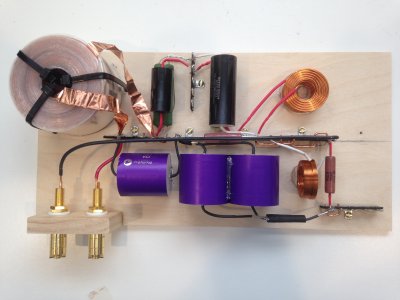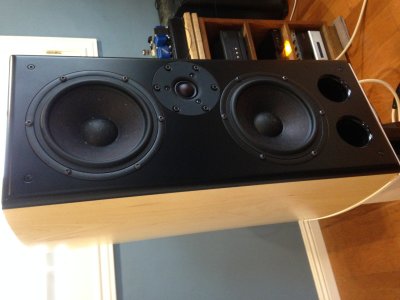How far apart should the inductors in a xover be placed? I have built several and never noticed any problems but I never made more than one version of any particular circuit to make side by side comparisons. Can close proximity of coils be a problem? What are the symptoms of coil interaction?
Jamie
Jamie


